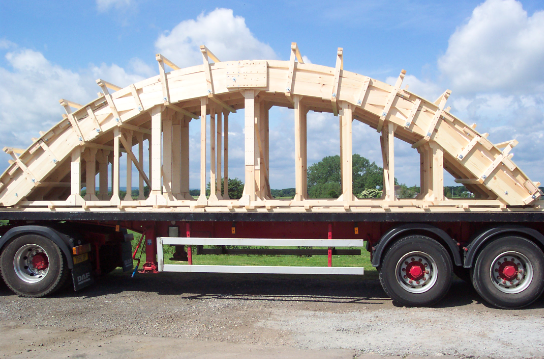Rubber Moulding Techniques for Replication and Restoration of Historic Buildings
Unravel the transformative power of rubber moulding in safeguarding and rejuvenating historic architectural marvels.
Exploring Career Opportunities in CNC Machining
Delve into the CNC machining realm and unveil its rapid growth, myriad opportunities, and the path to a flourishing career in the UK.
Customised Timber Moulds: Meeting Client Requirements for Unique Projects
Discover how customised timber moulds are meeting client requirements in unique construction projects. Understand the design process, benefits, challenges, and future prospects.
Innovative Rubber Mould Designs for Precast Concrete Facade Panels
Learn about our new solution that utilises rubber mould designs for precast concrete facade panels, bringing innovation to the construction industry. Discover the various design possibilities and their potential impact on the industry.
Essential Tools and Attachments for Effective CNC Routing
Explore the world of CNC routing tools and attachments with our comprehensive blog post! Improve your routing efficiency, productivity and quality with essential tools, auto-changer systems, maintenance, and calibration.
The Future of Timber Moulds in Green Building Design
Timber moulds play a crucial role in sustainable architecture and green building design. Read on to explore the innovative use of timber mould technology and its potential in the future of eco-friendly construction.
Wet Cast Vs Semi-Dry Casts – Which Will Work Best For Your Project?
Most people are familiar with the two most common types of concrete: wet cast and semi-dry cast. But what exactly are these different types of concrete? What’s the difference between them? And which one will work better for your project?
How Is CAD Used In The Construction Industry?
CAD stands for Computer-Aided Designing. It’s used in the construction industry to design building plans or 3D models of buildings.
How Timber Moulds Can Help Your Business
Timber moulds can help you create perfect precast concrete units.
What Are GRP Moulds Normally Used For?
What Are GRP Moulds Normally Used For? – GRP stands for glass-reinforced plastic, which is a type of material used to create moulds for casting parts.
Why are CNC Machines Critical for Pattern and Mould Making?
CNC machines are revolutionising the pattern and mould-making processes by providing accuracy, speed, and cost-effectiveness.
The Importance of Research and Development in Manufacturing
To ensure ongoing business prosperity, manufacturers must continually invest in research and development. Learn how it helps manufacturers stay competitive in the global market today.
The Advantages of Rubber Moulds for Architectural Details
Learn why rubber moulds are becoming a popular choice for architectural projects and discover their advantages over other materials.
The Advantages of Using GRP Moulds in Various Industries
Discover why GRP moulds have become the ideal material for many industries, including construction, automotive and marine. Learn about their high strength-to-weight ratio, durability, low maintenance requirements and more!
The Importance of Sustainable Timber Moulds in Construction
Discover why timber moulds are the perfect solution for sustainable construction and learn how to source them responsibly from FSC-certified forests
What is The Difference Between Precast and Site-Cast Moulds?
Discover the differences between precast and site-cast moulds, as well as tips on how to select the right option for your next project with our latest blog post here today.
















